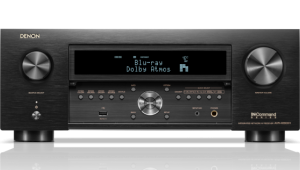McIntosh Brings Back the Standalone Graphic Equalizer

The company today introduced the MQ112 Environmental Equalizer, an eight-band graphic EQ with an adjustment range of ±12 dB at key frequency bands between 25 Hz and 10 kHz and a Tilt knob for controlling the effect of the equalization.
The new equalizer ships in October with a $3,000 price tag.
In the press release announcing the MQ112, McIntosh said: “Rather than tinkering with room treatments, speaker placement, or even reorganizing the entire room to optimize the acoustics of their sound system, the MQ112 lets enthusiasts fine-tune the mix and balance of frequencies to craft the ideal sonic profile for any listening space — or compensate for the imperfections in vintage recordings for the clearest reproduction of their sound.”
The equalizer, which is placed between the preamp and power amplifier, has eight bands centered at 25 Hz, 50 Hz, 100 Hz, 200 Hz, and 400 Hz at the lower end of the spectrum and 1 kHz, 3 kHz, and 10 kHz at the higher end. In and Out modes, the latter of which bypasses the EQ circuit, make it easy to hear the effect by quickly comparing equalized and non-equalized sound. The Tilt control shifts the tonal balance by boosting bass or treble ±6 dB across the entire frequency range.
Balanced XLR and unbalanced RCA inputs and outputs are provided to accommodate any audio setup, and a second set of outputs enables the equalizer to be used with two stereo systems or two subwoofers or to bi-amp a pair of speakers. In more sophisticated setups, the MQ112 can be connected through the processor loops or tape monitor record/play connections on many preamplifiers and integrated amplifiers.
The MQ112 sports a classic McIntosh design featuring an illuminated green logo, black glass faceplate, rotary control knobs, and aluminum end caps. For more information, visit mcintoshlabs.com.


















































